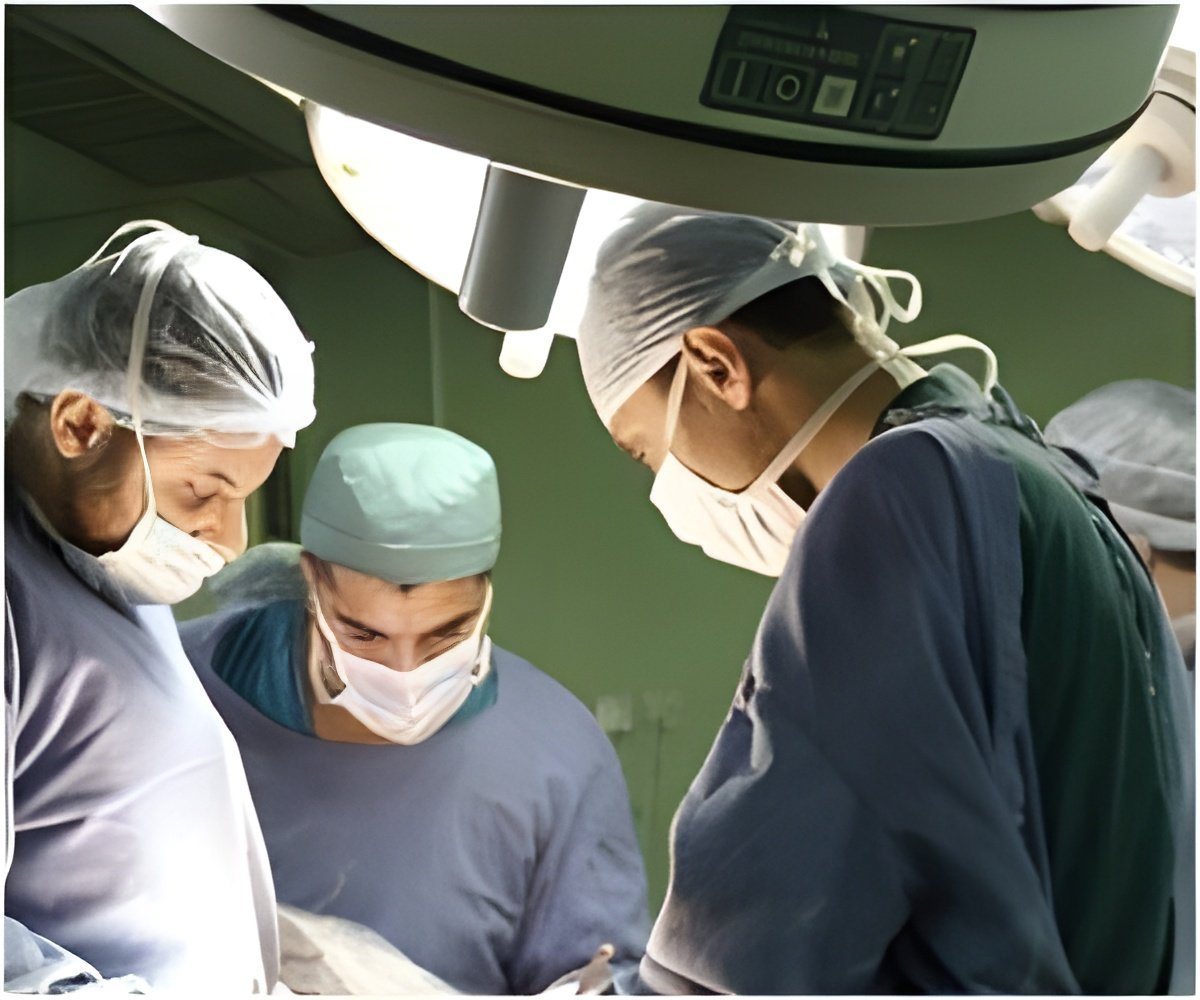New way to make back surgery safer, faster and more cost effective identified. MRIs and CT scans help surgeons identify spine problems, like compressed vertebrae or herniated disks.

Using a complex software algorithm and two cameras attached to a surgical microscope, the system produces real-time 3-dimensional digitized images on a monitor, according to the study. This type of tracked, calibrated stereoscopic camera system has been extensively used in brain surgery but until now has been unexplored for use in spinal surgery. The surgeon can use this new intraoperative stereovision system (iSV) without any additional radiation or labor-intensive marking of key areas on the patient's spine, to match up or co-register with the pre-operative CT scan, as some surgeons do today. This new mapping provides more accurate renderings of where spinal implants or other surgical tools and devices need to go during the procedure, and is expected to save up to 30 minutes, according to one of the study's authors, Keith D. Paulsen, PhD, Robert A. Pritzker Professor of Biomedical Engineering at Thayer School of Engineering at Dartmouth.
Paulsen and the multidisciplinary team at Dartmouth's Center for Surgical Innovation tested the new iSV system for accuracy and efficiency while operating on pig spines. Since completing this study, the team has taken its complex system one step further by converting it into a handheld "wand" that the surgeon can pass over the surgical area.
"By rendering images real-time, with a simple handheld tool, we believe we can make surgeries safer and less costly in the future," said Paulsen. Next up is fine-tuning the system and testing in humans. The National Institutes of Health has provided the Dartmouth team with another round of funding to continue testing. It could be several years before the system becomes widely available for human spinal surgeries.
Source-Eurekalert









